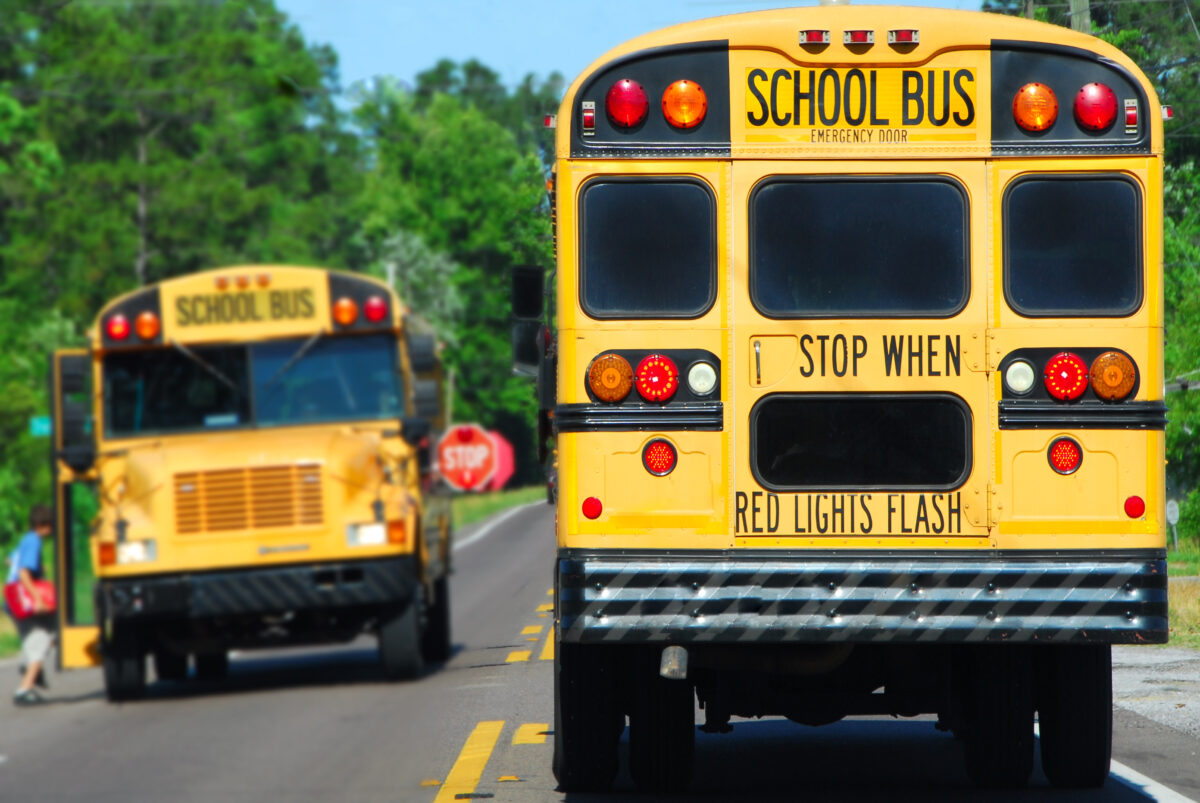The Bottom Line Break the K-12 Monopoly
Originally published at Real Clear EducationK-12 public education in the U.S. is dominated by a massive monopoly. Other than state-owned monopolies in China, it is the largest government-controlled monopoly in the world.
Pete Hegseth highlights the magnitude in terms of finances: “The United States spends more on national defense than China, Russia, Saudi Arabia, India, France, United Kingdom, and Japan combined. Yet America spends even more on school than on defense,” at nearly $800 billion annually. Since the start of the Covid pandemic, an extra $200 billion has been added.
Put another way, K-12 public schools are the largest employer in the U.S. The overwhelming majority of those employees are members of teachers’ unions.
Combining the sheer number of unionized employees with the massive government funding of public schools produces a noncompetitive system counter to America’s free-enterprise origins.
Stifled Competition
The absence of competition in K-12 education leaves consumers with the short end of the stick. When one supplier dominates the market, forcing the overwhelming majority of consumers to utilize the services of that sole provider, innovation suffers.
The crux of the problem is that while all taxpayers contribute toward funding K-12 education, the tax dollars go almost exclusively to public schools, regardless of their performance. Options outside the public system are largely available only to families with the financial means to cover the high tuition costs of private education or who have the wherewithal to homeschool.
Subpar public education is perpetuated by powerful teachers’ unions that leverage their political power to block any attempt to break up the public school monopoly – thus holding parents captive within a failing system. The monopoly has remained intact for generations. Most parents — the forgotten customers — are unable to choose better schools for their children.
Putting free markets to work in our K-12 education sector would transform student learning outcomes — fostering an educational environment where schools are motivated to provide the best quality product and service in the most cost-effective way.
Keri D. Ingraham
The Tragic Results
The lack of competition has proved disastrous to student learning. Internationally, U.S. students rank 33rd in math, 23rd in science, and 17th in reading — and an embarrassing 26th overall.
The U.S. public school system does not prepare most students to achieve competency in core subjects. As measured by the National Assessment of Educational Progress tests, only a mere 28.7% of fourth-graders, 26.4% of eighth-graders, and 22.8% of 12th-graders reach basic proficiency levels averaged across seven subjects — civics, geography, mathematics, reading, science, U.S. history, and writing.
The final dismal result: over 77% of students in public schools lack basic academic proficiency at the end of 13 years of schooling.
These poor results are not due to insufficient funding. In fact, K-12 public education spending has more than tripled since the 1970s, while learning has remained stagnant. The past three school years have been especially dismal, as learning sharply declined despite the massive additional funds injected into public schools.
Free Markets to the Rescue
While great efforts are made to conceal the harsh reality of America’s failing schools, it’s no longer a secret to parents who had a front-row seat in their children’s classrooms during remote “learning” sessions while schools were closed. Not surprisingly, data from earlier this year reveal that more than half of parents are looking for a new school.
Putting free markets to work in our K-12 education sector would transform student learning outcomes. The basic principles of supply and demand would foster an educational environment where K-12 schools are motivated to provide the best quality product and service in the most cost-effective way.
The American future is at stake. There is no more important issue for our workforce, military, and electorate than ensuring that students are academically prepared for adulthood. Arizona has taken the lead recently, passing legislation that extends school choice to all 1.1 million of its K-12 students. More states should follow its lead.


